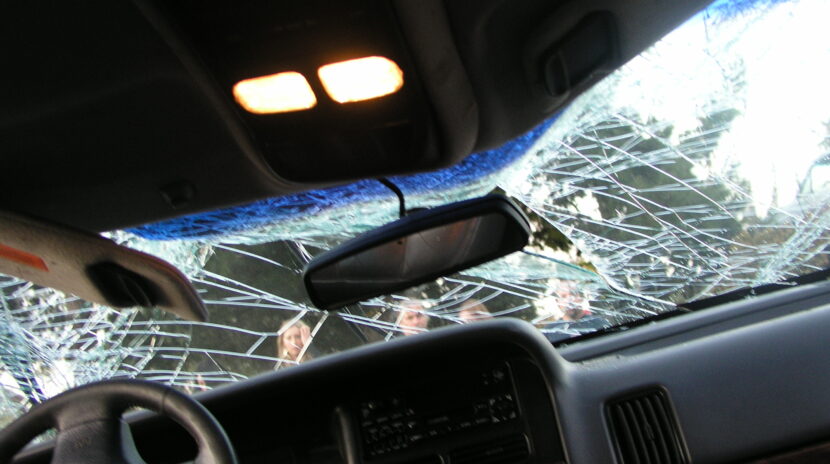As self-driving technology continues to advance, questions about liability in a self driving car accident are becoming increasingly important. When no human is fully “behind the wheel,” determining who’s responsible after a crash isn’t always straightforward. Whether you’re an injured passenger, another driver, or even the owner of a self-driving vehicle, understanding how responsibility is assigned is vitally important.
Understanding Self Driving Car Technology
Self-driving vehicles, or autonomous vehicles (AVs), use complex systems of cameras, sensors, artificial intelligence, and machine learning to navigate roads with little to no human input. Depending on the level of automation—from partial assistance to full automation — the human driver’s role can range from active supervision to none at all.
But when a self driving car accident occurs, this distinction matters. The more control the car has, the more likely the manufacturer or software developer could share liability.
Who Can Be Held Liable in a Self Driving Car Accident?
1. The Vehicle Manufacturer
If a self driving car accident is caused by a design flaw, sensor malfunction, or software error, the automaker may be responsible. This falls under product liability law, which holds manufacturers accountable when their products cause injury due to defects. For example, if the car failed to detect a pedestrian because of a faulty LIDAR sensor, the manufacturer could be liable.
2. The Software Developer or Technology Provider
Autonomous vehicles rely heavily on software. If the navigation or decision-making system malfunctions, causing the car to make an unsafe maneuver, the company that developed the self-driving software may share fault. These claims often involve complex questions about negligence in design, testing, and updates.
3. The Human Operator
Even with advanced automation, most self-driving cars currently on the road require some level of human supervision. If the operator was distracted, failed to take control when required, or ignored safety alerts, they could still be held partially responsible for the self driving car accident.
4. Other Drivers or Third Parties
Traditional negligence rules still apply. If another driver ran a red light or caused a chain reaction, they could be liable even if a self-driving car was involved. Similarly, road maintenance contractors or municipalities might be responsible if poor road conditions or faulty signals contributed to the crash.
5. Vehicle Owner or Fleet Operator
In commercial use cases (like self-driving taxis or delivery vehicles), the owner or operating company may bear some liability—especially if they failed to maintain the vehicle or install necessary safety updates.
How Fault Is Determined
Determining fault in a self driving car accident often requires extensive investigation of the facts, including:
- Reviewing onboard data and sensor logs
- Examining software updates and manufacturer recalls
- Analyzing human driver input (if any)
- Consulting with automotive and AI experts
Attorneys experienced in self-driving technology cases use this evidence to build a clear picture of what went wrong—and who should be held accountable.
What To Do After a Self Driving Car Accident
If you’ve been injured in a self driving car accident, here’s what to do:
- Call 911 – Always report the accident to law enforcement.
- Document the Scene – Take photos, note witnesses, and get vehicle information.
- Seek Medical Care – Even minor injuries can worsen over time.
- Do Not Speak to Insurers Alone – Insurance companies may minimize your claim.
- Consult an Experienced Attorney – Self-driving accident claims often involve multiple defendants and complex technology evidence.
The Future of Self Driving Car Accident Law
As technology evolves, so does the law. Legislators and courts are still defining how traditional negligence and product liability doctrines apply to autonomous vehicles. What remains constant, however, is the importance of having an attorney who understands both personal injury law and the emerging field of autonomous vehicle litigation.
Conclusion
Determining who is responsible in a self driving car accident can be challenging, involving a mix of negligence (human error) and product liability (design flaws or defects). If you’ve been injured in a self driving car crash, the best step you can take is to consult with an attorney experienced in self-driving car cases. They can help you navigate the investigation, protect your rights, and pursue the compensation you deserve.
Need legal help after a self driving car accident?
Contact our firm today for a free consultation. We understand the complexities of autonomous vehicle law and fight to hold all responsible parties accountable.

